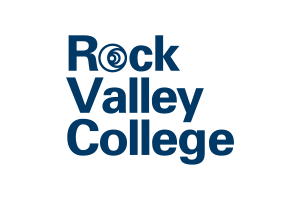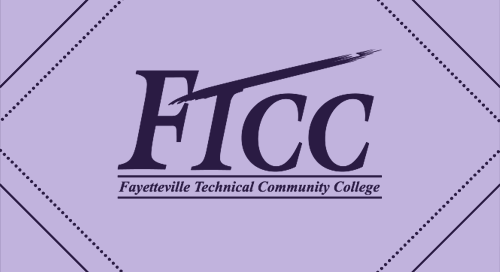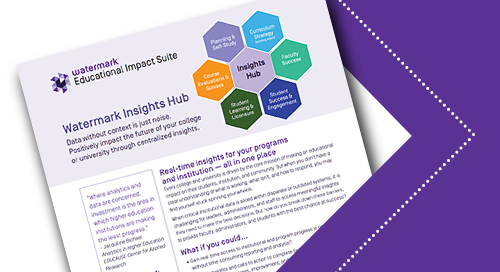Watermark’s Educational Impact Suite (EIS)
A centralizing system capable of driving critical action in leadership, student success, and continuous improvement simultaneously.
Unifying disjointed tech in higher ed
Watermark’s Educational Impact Suite (EIS) is an integrated hub of tools tailor-made for higher education. Translating data from your LMS, SIS, and Watermark products, our EIS puts your data into context to provide big-picture insights that inspire progress.

One solution to guide them all: Educational Impact Suite (EIS)
Colleges and universities suffering from disjointed software solutions risk fragmenting their missions. Higher education requires a centralized system that is capable of driving critical action in core processes like assessment, accreditation, faculty review, and student success initiatives. Learn how the innovative EIS can deliver just that.
When more gets you less
Higher education is flooded with too many disjointed software solutions. Tools that were meant to solve problems instead lead to data silos and inefficient processes. These barriers make it difficult to excavate insights and, as a result, make it difficult to build strategies with the greatest chance of increasing impact.
Institutions need one platform that can collect, synthesize, and analyze all of their complex data to fully understand what’s happening and determine where to drive progress next.
Effortless insights
We believe an education is more than a certificate or degree. It’s the path to a better future. Through our technology, we’re striving to help colleges and universities operate more strategically and effectively to maximize their impact on their students and the communities they serve.
Our Educational Impact Suite (EIS) is a unique and integrated suite of tools that helps you drive continuous improvement and student success. It centralizes and integrates essential processes and puts your complex data into context, delivering actionable insights to leaders, faculty, and staff to drive long-term results for your programs and institution.
Together, the suite helps institutions maximize their impact through improved performance, educational quality, and direct student support as they progress on their educational journey.
Who benefits from an Educational Impact Suite (EIS)?
What’s the relationship between insights and impact?
It is all about putting complex data into context to answer specific, essential questions. Those insights pave the way for better conversations, more informed decisions, and targeted changes that strengthen your educational impact.
The impact from those actions takes many forms, including improvements to efficiency and performance, educational quality, satisfaction, and more effective, direct student support.
Our Educational Impact Suite (EIS) helps with core processes like:
- Capturing data and putting it in the right place.
- Analyzing your data for patterns, trends, or anomalies.
- Communicating insights to inspire the right actions.
Over 1,500 institutions trust Watermark to support their continual improvement.









Hit the books
Browse our resource library
See how our Educational Impact Suite (EIS) is helping clients drive continuous improvement right now. Get in-depth information on topics that matter.











